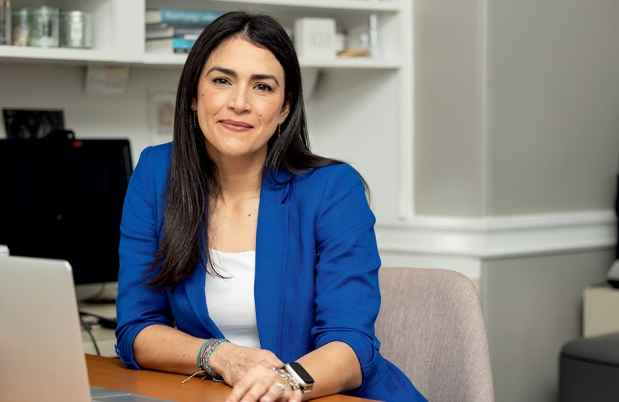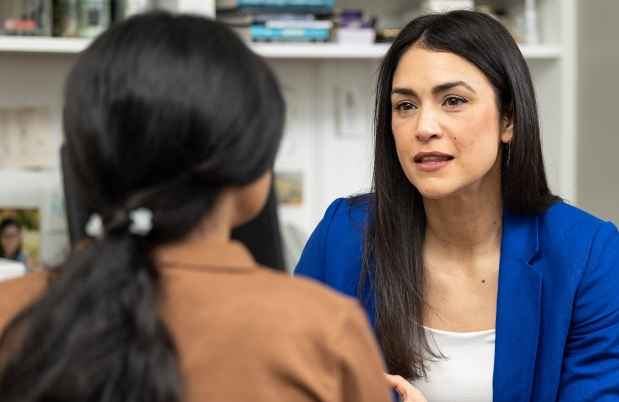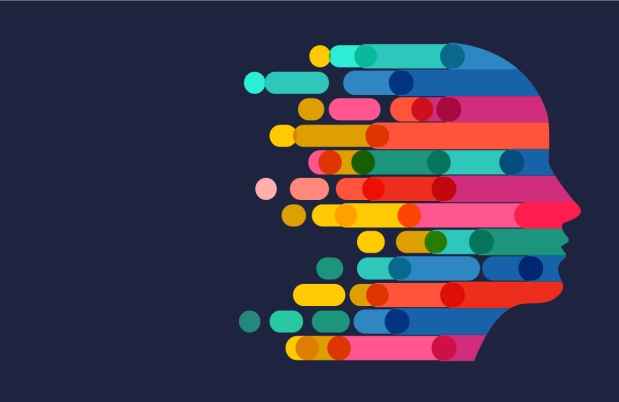Lecture – Everything You Need To Know About Group Therapy in 5 (or So) Easy Videos
Available with English captions.
Presented by Joseph Shay, PhD, CGP, LFAGPA, Private Practice – Joseph P. Powers Memorial Lecture
“Group therapy is a great laboratory to observe and modify how we interact,” states Joseph Shay, PhD, CGP, LFAGPA. “How we interact in groups is all about how we behave in relationships. Getting a better handle on how we interact in relationships is a key to more gratifying living.”
In his talk, Shay explores the ways people interact in groups. He draws on his experience leading group therapy sessions and presents a variety of video clips to help mental health professionals better understand why people do what they do in group settings.
Improving our understanding of group processes, he asserts, “will lead us to thoughts about how we can help people who come to our offices lead more satisfying and gratifying lives.”
Presentation highlights include:
- Examples from academia and popular media of common group processes
- A discussion of the legacy of childhood experience
- Advice on how to anticipate common complications of working in groups
To demonstrate his points, Shay shows videos depicting different kinds of group dynamics. He presents clips from reality television shows; sitcoms, like “The Bob Newhart Show”; movies, such as “The Breakfast Club” and “Animal House”; and more modern shows, like “Girls.” With these examples, he illustrates the typical roles people adopt when in group settings. These roles include leader, rebel, scapegoat, and influencer.
He also shows videos that demonstrate how young children react in group settings. These clips show how children learn behaviors at a young age that inform the ways they participate in groups as they get older.
Shay investigates group dynamics by discussing the work of researchers Solomon Asch, Stanley Milgram, and Philip Zimbardo. Their experiments revealed the power of the group, showing how individuals can become less sensible, reasonable, and susceptible to negative influences in group settings.
Ultimately, Shay’s presentation allows viewers to see how different people react in a wide variety of group settings. His examples serve to deepen our understanding of group processes and human nature, which can lead to improved treatments and therapies.



